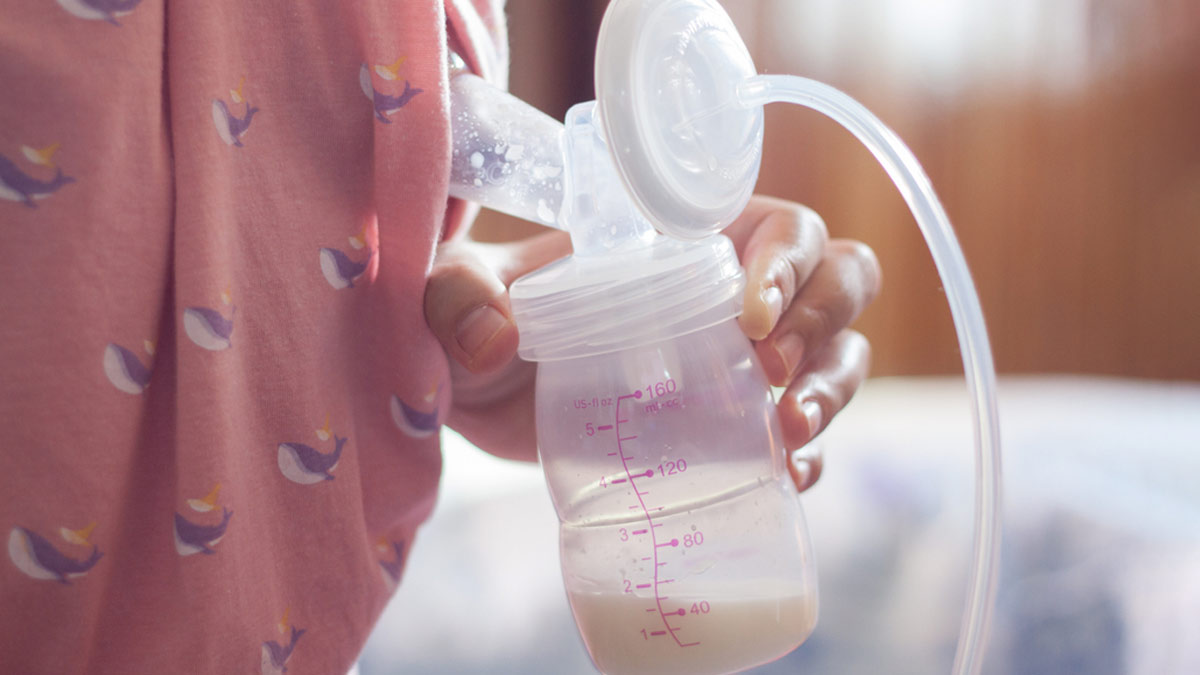

Articles
How To Store Breast Pump Milk
Modified: January 7, 2024
Learn the best practices for storing breast pump milk in this informative article. Discover how to keep your pumped milk fresh and safe for your baby's consumption.
(Many of the links in this article redirect to a specific reviewed product. Your purchase of these products through affiliate links helps to generate commission for Storables.com, at no extra cost. Learn more)
Introduction
As a breastfeeding mother, the ability to pump and store breast milk can be a real game-changer. Whether you are going back to work, have a hectic schedule, or simply need a break, having a supply of stored breast milk can provide flexibility and convenience.
However, proper storage of breast pump milk is crucial to maintain its nutritional value and ensure the safety of your baby. In this article, we will explore the best practices for storing breast pump milk, including the precautions and safety measures you need to be aware of, choosing the right storage containers, proper techniques for storage, and how to thaw and use stored breast milk. We will also discuss specific considerations for breastfeeding mothers returning to work.
Understanding the importance of breast milk storage is essential for every breastfeeding mother. Breast milk is a highly nutritious fluid that provides a wide range of health benefits for your baby. It contains antibodies, enzymes, and other essential nutrients that promote your baby’s growth, development, and immunity. By correctly storing breast pump milk, you can preserve these valuable components and ensure your baby continues to receive the very best, even when you’re not physically present.
When it comes to breast milk storage, it’s crucial to follow specific guidelines and safety measures. Breast milk is a living substance and can be easily contaminated if not handled properly. By adhering to recommended practices, you can minimize the risk of bacteria growth, preserve the nutritional quality of the milk, and ensure the safety of your baby.
In order to safely store breast pump milk, you’ll need to carefully choose the storage containers. Not all containers are suitable for storing breast milk. It’s important to select BPA-free plastic bottles or glass containers that are specifically designed for this purpose. These containers should have secure lids or caps to prevent leakage and minimize air exposure.
Proper storage techniques are also essential to maintain the integrity of the breast milk. This includes labeling each container with the date and time of expression, storing the milk in the correct temperature range, avoiding overfilling the containers, and using a first-in, first-out system to ensure the oldest milk is used first.
Thawing and using stored breast milk require careful consideration as well. Improper thawing can cause the loss of valuable nutrients and increase the risk of bacterial contamination. By following the recommended thawing methods, you can safely heat up the milk and make it ready for feeding.
For breastfeeding mothers who are returning to work, the process of storing breast pump milk may come with additional challenges. We will discuss some strategies and tips for successfully storing breast milk at your workplace, ensuring that you can continue to provide your baby with the nourishment they need even when you’re not by their side.
Lastly, we will address some common troubleshooting scenarios and frequently asked questions related to breast pump milk storage. From concerns about shelf life to dealing with excess milk supply, we will provide practical solutions to help you navigate through any hurdles you may encounter.
Remember, proper storage of breast pump milk is a vital component of successful breastfeeding. By following the guidelines and recommendations outlined in this article, you can ensure that your stored breast milk remains safe and nutritious for your little one. So, let’s dive into the world of breast milk storage and discover all the tips and tricks you need to know!
Key Takeaways:
- Properly storing breast pump milk is crucial for maintaining its nutritional value and ensuring the safety of your baby. By following recommended guidelines, precautions, and techniques, you can confidently provide safe, fresh, and nutritious breast milk for your little one.
- Storing breast pump milk at work requires planning, communication, and preparation. By utilizing proper storage containers, practicing good hygiene, and following recommended strategies, you can successfully continue providing your baby with the benefits of breastfeeding, even while away at work.
Read more: How To Store And Freeze Breast Milk
Understanding Breast Milk Storage
One of the first things to understand when it comes to breast milk storage is that breast milk is not a static substance. It changes composition over time to meet the changing needs of your baby. Freshly expressed breast milk contains more immune-boosting components, such as white blood cells and antibodies, while older milk may have higher levels of fat and calories to support your baby’s growth.
Proper storage techniques help preserve the nutritional content of breast milk and ensure that it remains safe to consume. The guidelines for storing breast milk vary depending on the storage location and whether the milk will be used within a few days or stored for longer periods.
At room temperature (between 19-25°C or 66-77°F), freshly expressed breast milk can be safely stored for up to four hours. However, if the room is warmer, it is advisable to store breast milk in a cooler environment or refrigerator promptly.
In a refrigerator, breast milk can be stored for up to four days at a temperature of 4°C (39°F) or lower. It’s important to note that the back of the refrigerator, rather than the door, provides a more constant temperature and is therefore the ideal location for storing breast milk.
If you plan to store breast milk for an extended period, it can be frozen for up to six months in a freezer compartment of a refrigerator with a separate door or up to 12 months in a deep freezer (-18°C or 0°F or below). However, it’s recommended to use the milk within six months to ensure its quality and freshness.
When transferring breast milk into storage containers, always leave some space at the top to allow for expansion during freezing. Breast milk expands when frozen, so filling the containers to the brim may cause them to leak or break when frozen.
It’s important to note that breast milk may separate into layers when stored. This is completely normal. Before using the milk, gently swirl the container to mix the layers and restore a consistent texture.
If you have leftover breast milk in a bottle that your baby has partially consumed, it can be stored in the refrigerator for up to two hours. However, if your baby has finished feeding from the bottle, any remaining milk should be discarded within one hour to limit the risk of bacterial contamination.
For the safety of your baby, never refreeze thawed breast milk. Once breast milk has been thawed, use it within 24 hours and avoid re-heating it multiple times. Discard any unused breast milk after 24 hours of thawing.
By understanding the recommended storage guidelines and following them diligently, you can ensure that your baby receives safe, fresh, and nutritious breast milk at every feeding. The next section will delve into the precautions and safety measures you need to consider when storing breast pump milk.
Precautions and Safety Measures
When it comes to storing breast pump milk, it is crucial to prioritize safety to protect the health and well-being of your baby. Here are some precautions and safety measures to keep in mind:
- Wash your hands: Before expressing or handling breast milk, make sure to properly wash your hands with warm water and soap. This helps minimize the risk of introducing bacteria into the milk.
- Use clean and sterilized equipment: Ensure that all the equipment you use for expressing and storing breast milk is clean and sterilized. This includes breast pump parts, storage containers, and bottles. Regularly inspect and replace worn-out or damaged parts to maintain hygiene.
- Label and date: Always label each container of breast milk with the date of expression. This helps you keep track of freshness and ensure that older milk is used first. Use waterproof labels or write directly on the container with a non-toxic marker.
- Practice proper hygiene: Avoid touching the inside of the storage containers or the rims of bottles when transferring breast milk. Additionally, avoid blowing on the milk to cool it down, as this can introduce bacteria. Instead, cool it naturally or use a refrigerator or freezer for rapid cooling.
- Prevent cross-contamination: Store breast milk away from raw meats, eggs, and other potentially contaminated foods in the refrigerator. Keep it sealed and separate from other items to prevent contamination.
- Avoid microwave heating: Microwave heating can create hot spots in breast milk, leading to potential burns for your baby. It can also destroy the valuable nutrients in the milk. Instead, warm the milk by placing the container in a bowl of warm water or using a bottle warmer.
- Be mindful of storage time limits: Follow the recommended storage time limits to ensure the quality and safety of breast milk. Regularly check the expiration dates of stored milk and discard any milk that has exceeded the safe storage period.
- Inspect for signs of spoilage: Before using stored breast milk, check for any signs of spoilage, such as a foul odor, abnormal texture, or unusual color. If you notice any of these signs, discard the milk immediately.
- Always practice proper food handling and storage: It’s important to remember that breast milk is classified as a food product. Therefore, it should be handled and stored using the same principles as other perishable foods.
By adhering to these precautions and safety measures, you can ensure that your stored breast milk remains safe and healthy for your baby to consume. In the next section, we will discuss the importance of choosing the right storage containers for breast pump milk.
Choosing the Right Storage Containers
When it comes to storing breast pump milk, it’s essential to choose the right storage containers to maintain the quality and safety of the milk. Here are some factors to consider when selecting storage containers:
- BPA-free materials: Opt for storage containers that are BPA-free. Bisphenol A (BPA) is a chemical commonly found in plastics, and while the research on its potential health effects is ongoing, it is advisable to choose BPA-free containers to minimize any potential risks.
- Glass or plastic: You can choose between glass or plastic containers for storing breast milk. Glass containers are durable, easy to clean, and do not have any potential chemical leaching concerns. On the other hand, plastic containers are lightweight, less prone to breaking, and can be more convenient for on-the-go use. When using plastic containers, ensure they are specifically designed for breast milk storage and labeled as BPA-free.
- Sealable lids or caps: Look for containers that have secure and leak-proof lids or caps. This helps prevent any spills or leaks that can lead to a waste of breast milk or contamination.
- Ease of storage and organization: Consider the shape and size of the storage containers. Containers that are stackable and have a uniform shape make it easier to maximize refrigerator or freezer storage space. Additionally, look for containers that can be labeled and grouped together for better organization.
- Measurement markings: Containers with measurement markings provide convenience when it comes to accurately measuring the amount of breast milk and tracking your baby’s intake.
- Compatibility with breast pump: Some storage containers are designed to be directly attached to the breast pump, allowing you to express milk directly into the storage container. This eliminates the need for transferring milk and minimizes the risk of contamination.
- Freezer-safe: If you plan to freeze breast milk, ensure that the containers are freezer-safe and can withstand freezing temperatures without cracking or breaking.
- Easy to clean: Ease of cleaning is an important factor to consider. Look for containers that are dishwasher-safe or easy to clean by hand with a bottle brush to ensure proper hygiene.
Ultimately, the choice of storage containers depends on your personal preferences and needs. Some mothers prefer glass containers for their durability and non-toxic properties, while others prefer the convenience and portability of plastic containers. Consider your lifestyle, storage space, and any specific requirements you may have when selecting the most suitable storage containers for your breast pump milk.
Now that you know how to choose the right storage containers, let’s explore the proper techniques for storing breast pump milk in the next section.
Proper Techniques for Storing Breast Pump Milk
Proper storage of breast pump milk is vital to maintain its nutritional value, freshness, and safety for your baby. Here are some techniques to ensure that you store your breast pump milk correctly:
- Label and date: Before storing breast pump milk, always label each container with the date and time of expression. This helps you keep track of freshness and ensure that older milk is used first. Use waterproof labels or write directly on the container with a non-toxic marker.
- Clean storage containers: Make sure the storage containers you use are clean and sterilized. Wash them with hot, soapy water, rinse thoroughly, and air-dry or dry with a clean towel before use. Avoid touching the inside of the containers or the rims with your fingers to minimize the risk of contamination.
- Use appropriate container sizes: It’s best to store breast milk in smaller portions to reduce waste. Choose containers that can hold the amount of milk your baby typically consumes in one feeding, whether it’s 2 to 4 ounces or more, to avoid leftovers that may need to be discarded.
- Avoid overfilling: Leave some space at the top of the storage containers to allow room for expansion when freezing breast milk. Overfilling can cause the containers to leak or break when the milk expands during freezing.
- Store milk in small batches: Rather than combining freshly expressed milk with previously chilled or frozen milk, it’s best to cool the freshly expressed milk in the refrigerator first before combining it with other batches. This helps maintain the temperature of the previously chilled or frozen milk and ensures optimal freshness.
- Avoid shaking: Instead of shaking the breast milk directly, gently swirl the container to mix the separated layers. Vigorous shaking can break down some of the beneficial components of breast milk.
- Refrigeration: For milk that will be used within a few days, store it in the refrigerator at a temperature of 4°C (39°F) or lower. The back of the refrigerator, where the temperature is more consistent, is ideal for storing breast milk. Avoid storing it in the refrigerator door, as the temperature there fluctuates more.
- Freezing: If you will not be using the milk within a few days, it’s best to freeze it. Place the storage containers in the freezer compartment of a refrigerator or a deep freezer. Ensure that the freezer maintains a temperature of -18°C (0°F) or below. Remember to leave space at the top of the containers for expansion during freezing.
- First-in, first-out system: When storing breast milk, use a first-in, first-out system to ensure that the oldest milk gets used first. Arrange the containers in chronological order, and place the newly expressed milk behind the older milk when storing in the refrigerator or freezer. This helps avoid waste and ensures that the milk is consumed when it’s freshest.
By following these proper storage techniques, you can maintain the quality and safety of your breast pump milk. In the next section, we will discuss how to thaw and use stored breast milk.
Store breast pump milk in clean, BPA-free containers with tight-fitting lids. Label with the date and use the oldest milk first. Store in the back of the fridge or freezer to maintain a consistent temperature.
Read more: How To Store Breast Milk In Freezer
Thawing and Using Stored Breast Milk
Thawing and using stored breast milk properly is essential to ensure that it remains safe and retains its nutritional value. Here are the steps to follow when thawing and using stored breast milk:
- Thawing in the refrigerator: The safest and recommended way to thaw breast milk is by placing the frozen container in the refrigerator. Slow thawing in the refrigerator maintains the integrity of the milk and minimizes the risk of bacterial growth. It’s important to note that thawing breast milk in the refrigerator can take several hours or overnight depending on the milk’s volume.
- Thawing in warm water: If you need to thaw breast milk more quickly, you can use warm water. Fill a container or basin with warm (not hot) water and place the frozen breast milk container in it. Ensure that the container is tightly sealed to prevent water from seeping into the milk. Swirl the container occasionally to help speed up the thawing process.
- Avoid using hot water or microwave: Never use hot water or microwave to thaw breast milk. High temperatures can destroy the valuable nutrients in the milk and create hot spots that can scald your baby. Microwaving breast milk is particularly dangerous as it can heat unevenly and potentially cause burns.
- Once thawed, use within 24 hours: Once breast milk is thawed, it should be used within 24 hours. Avoid refreezing thawed breast milk to maintain its quality and safety. Use the oldest milk first, following the first-in, first-out system, before using freshly expressed milk.
- Gently swirl, do not shake: After thawing, gently swirl the container of breast milk to mix the layers that may have separated during freezing. Avoid shaking the milk vigorously, as this can cause the breakdown of some beneficial components.
- Warming stored breast milk: If your baby prefers warm milk, you can warm the thawed breast milk by placing the container in a bowl of warm water or using a bottle warmer. Remember to check the temperature of the milk by testing it on the inside of your wrist before feeding your baby to ensure it is not too hot.
- Discard unused milk: If your baby does not consume all the breast milk within a feeding, discard the remaining milk. Breast milk can pick up bacteria from the baby’s mouth, so it is unsafe to save any leftover milk for future feedings.
- Using breast milk storage bags: If you have stored breast milk in disposable storage bags, carefully cut open the bag and pour the thawed milk into a clean bottle or cup for feeding. Make sure to use bottles or cups that are specifically designed for feeding breastfed babies.
By following these thawing and usage guidelines, you can ensure that the stored breast milk remains safe and suitable for your baby’s consumption. Now that we have covered the thawing and usage process, let’s explore the topic of storing breast pump milk at work in the next section.
Storing Breast Pump Milk at Work
For breastfeeding mothers who return to work, storing breast pump milk at the workplace is crucial to continue providing their babies with the benefits of breastfeeding. Here are some tips and strategies to help you successfully store breast pump milk at work:
- Communicate with your employer: Inform your employer about your intention to continue breastfeeding and the need for a private, clean, and comfortable space to pump milk. Discuss potential options for a dedicated lactation room or a private office where you can express milk.
- Arrange a pumping schedule: Plan a pumping schedule that aligns with your work hours. Aim to pump every 2-3 hours, or as close to your baby’s feeding schedule as possible. Establishing a consistent pumping routine helps maintain your milk supply and ensures that you have an adequate amount of milk stored for your baby.
- Invest in a quality breast pump: Select a reliable and efficient breast pump that suits your needs. There are many options available, including electric pumps or manual pumps. Consider factors such as portability, noise level, and ease of use when choosing a pump that works well for you in the workplace.
- Properly store breast pump milk: Bring clean storage containers or breast milk bags to work for storing expressed milk. Ensure that they are properly labeled with the date and time of expression. Store the containers in a refrigerator or cooler bag with ice packs to keep the milk at a safe temperature until you can bring it home.
- Utilize a portable cooler bag: If a refrigerator is not available at your workplace or if you need to transport the milk home after pumping, invest in a portable cooler bag with ice packs. These bags are designed to keep breast milk cool for several hours, maintaining its quality and safety.
- Practice good hygiene: Wash your hands before pumping and ensure that all the pumping equipment is clean and sanitized. Use breast pump wipes or designated cleaning supplies to clean the pump and its accessories between uses. Proper hygiene minimizes the risk of contamination and maintains the freshness of your breast milk.
- Store the milk securely: Keep your breast milk stored in a designated area of the workplace refrigerator, ensuring that it is separate from other items and protected from accidental spills or contamination. Consider using a small container or bin to keep your milk containers organized and prevent them from being knocked over.
- Plan for transportation: Have a plan in place for safely transporting the expressed milk from the workplace to your home. Use insulated bags or cooler bags with ice packs to maintain the temperature during transit. It’s also a good idea to have extra storage containers or breast milk bags on hand in case you need to pump more milk than anticipated.
- Keep a backup supply: It’s wise to have an emergency backup supply of stored breast milk available at your workplace in case of spills, leaks, or any unforeseen circumstances that may compromise the stored milk. This provides peace of mind and ensures that you always have milk available for your baby.
Storing breast pump milk at work requires planning, communication, and adequate preparation. By following these tips, you can successfully navigate the process and continue providing your baby with the benefits of breast milk, even when you’re away at work. In the next section, we will address some common troubleshooting scenarios and frequently asked questions related to breast pump milk storage.
Troubleshooting and Frequently Asked Questions
Storing breast pump milk can sometimes come with challenges or uncertainty. Here are solutions to some common troubleshooting scenarios and frequently asked questions:
- My breast milk smells soapy or sour. Is it safe for my baby?
Occasionally, breast milk can develop a soapy or sour smell due to enzyme activity. This is harmless and safe for your baby to consume. It’s generally caused by high lipase levels in the milk. If your baby refuses to drink the milk due to the odor, you can try scalding the milk before storing it to inactivate the enzyme. - Can I combine freshly expressed milk with already cooled or frozen milk?
It is safe to combine freshly expressed milk with already cooled or frozen milk, as long as both are within the same temperature range. Ensure that the freshly expressed milk is cooled to the same temperature as the previously stored milk before combining them. Just remember to follow the first-in, first-out rule and use the oldest milk first. - How can I increase my breast milk supply for storage?
To increase your breast milk supply for storage, try pumping after breastfeeding sessions to stimulate more milk production. Pumping between feedings or pumping one breast while your baby nurses on the other can also help increase milk supply. Ensure that you’re well-hydrated and practicing proper nutrition to support milk production. - Should I warm refrigerated breast milk before feeding?
Warming refrigerated breast milk before feeding is not necessary. It is perfectly fine to feed your baby cold or room temperature breast milk. However, if your baby prefers warm milk, you can gently warm the refrigerated milk by placing the container or bottle in a bowl of warm water or using a bottle warmer. Do not microwave breast milk as it can create hot spots and destroy important nutrients. - Can I reuse leftover breast milk from a previous feeding?
It is not recommended to reuse leftover breast milk from a previous feeding. Once the milk has been offered to your baby, it can come into contact with bacteria from their mouth and become contaminated. It’s safest to discard any leftover milk to prevent the risk of bacterial growth. - Can I combine breast milk pumped at different times of the day?
Yes, you can combine breast milk pumped at different times of the day as long as the milk is stored at the same temperature and within the recommended storage time limits. It’s important to maintain proper hygiene and follow the storage guidelines to ensure the safety and quality of the combined milk. - How do I know if my stored breast milk has gone bad?
When checking if stored breast milk has gone bad, look for signs of spoilage such as an off smell, a clumpy texture, or an unusual color. If the milk appears rancid, has mold or unusual growth, or smells foul, discard it immediately. It’s always better to err on the side of caution when it comes to the safety of your baby’s milk. - How long can I keep thawed breast milk at room temperature?
Thawed breast milk can be kept at room temperature for up to two hours. However, it is recommended to use the thawed milk within one hour to ensure its freshness and minimize the risk of bacterial growth. If the room temperature is above 25°C (77°F), it is advisable to refrigerate the milk promptly.
By understanding these troubleshooting solutions and frequently asked questions, you can confidently navigate any challenges you may encounter while storing breast pump milk. Now, let’s wrap things up in the next section.
Conclusion
Properly storing breast pump milk is essential to ensure that your baby receives safe, fresh, and nutritious milk, even when you’re not physically present. By following the guidelines and best practices outlined in this article, you can confidently store breast pump milk and maintain its quality and safety.
Understanding the different storage methods, including refrigeration and freezing, allows you to choose the most suitable option based on your needs and the amount of time you plan to store the milk. By following the recommended timelines for storage and using a first-in, first-out system, you can ensure that the oldest milk is used before the fresher milk.
Precautions and safety measures, such as practicing proper hygiene, using clean and sterilized equipment, and selecting suitable storage containers, are crucial for maintaining the integrity and safety of the breast milk. By taking these precautions, you can minimize the risk of contamination and preserve the nutritional value of the milk.
To successfully continue breastfeeding while working, it is important to communicate with your employer, plan a pumping schedule, and have the necessary equipment and storage solutions in place. By being proactive and prepared, you can successfully store breast pump milk at your workplace and ensure a smooth transition between breastfeeding and pumping.
Thawing and using stored breast milk correctly is just as important as proper storage. By following the recommended methods of thawing and avoiding microwaving, you can ensure that the milk remains safe and nutritious for your baby. Additionally, being aware of troubleshooting scenarios and frequently asked questions can help address any concerns or challenges that may arise during the storage process.
Remember, the benefits of breastfeeding and feeding your baby with breast milk extend far beyond just nourishment. Breast milk is uniquely tailored to meet your baby’s nutritional needs and provides essential antibodies and enzymes for their immune system. By storing breast pump milk properly, you can continue to provide your baby with the best possible nutrition.
In conclusion, storing breast pump milk requires patience, preparation, and knowledge of the proper techniques. By implementing the guidelines discussed in this article, you can ensure that your stored breast milk remains safe, fresh, and nutritionally beneficial for your baby. So, embrace the convenience and flexibility that stored breast milk provides and continue to nurture your baby’s health and well-being.
Frequently Asked Questions about How To Store Breast Pump Milk
Was this page helpful?
At Storables.com, we guarantee accurate and reliable information. Our content, validated by Expert Board Contributors, is crafted following stringent Editorial Policies. We're committed to providing you with well-researched, expert-backed insights for all your informational needs.
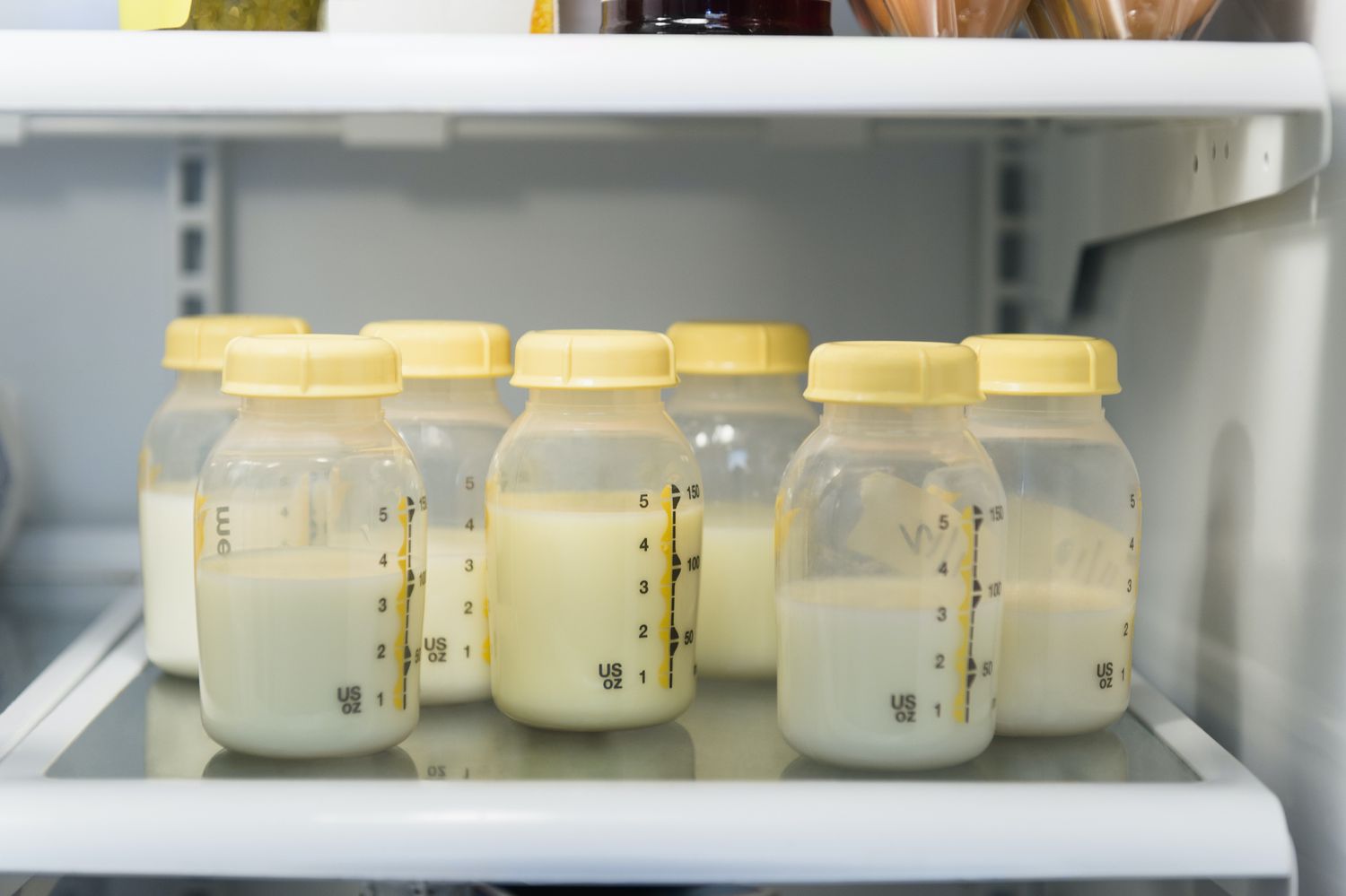
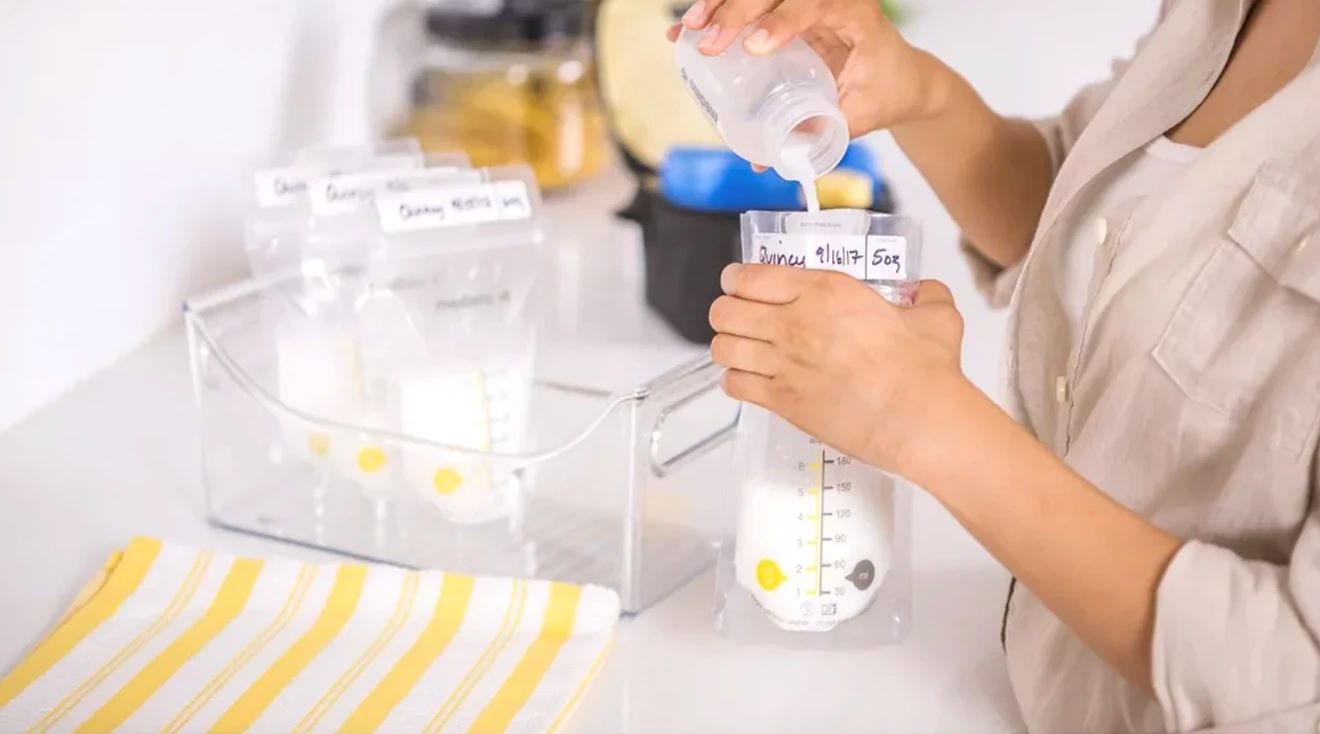
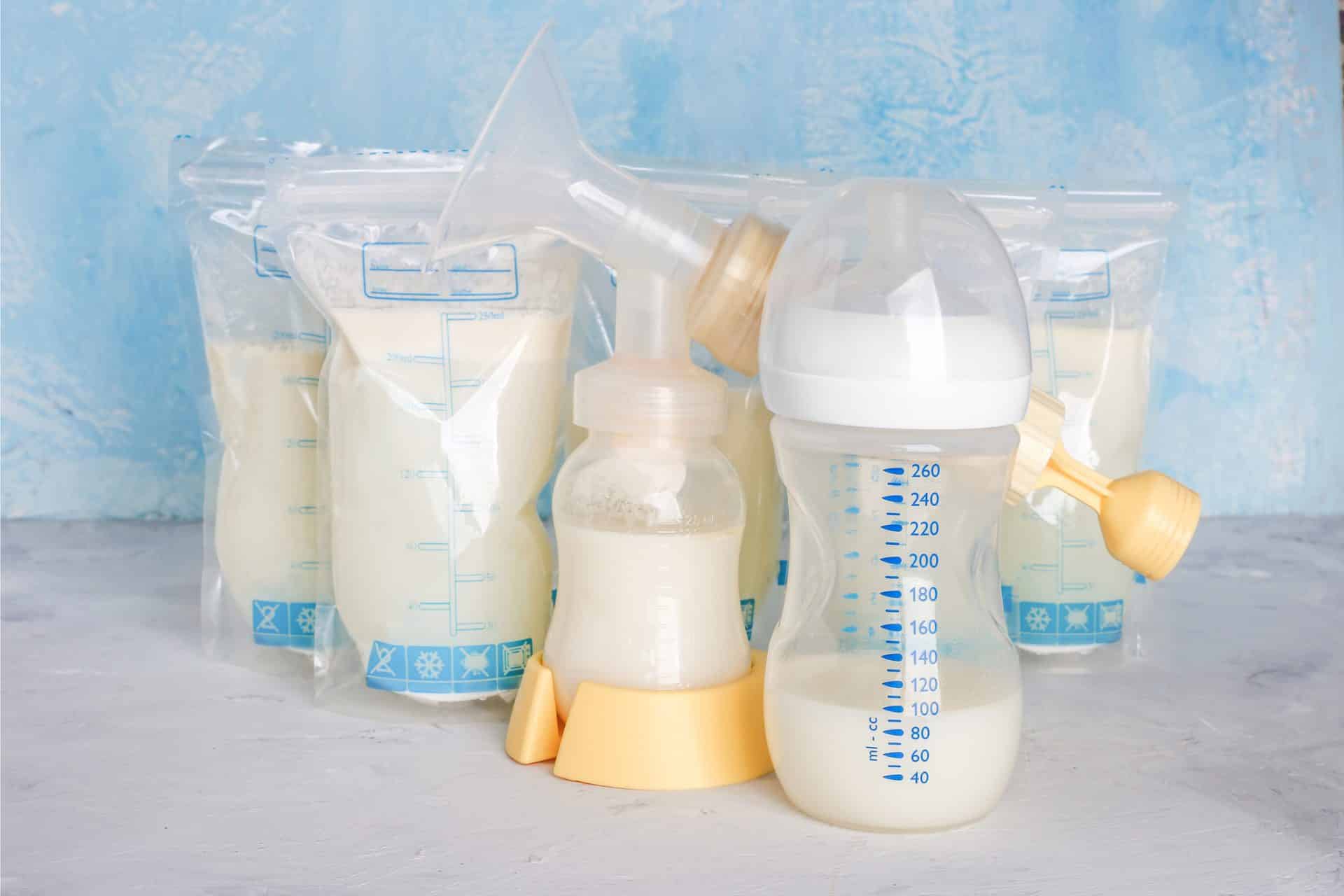
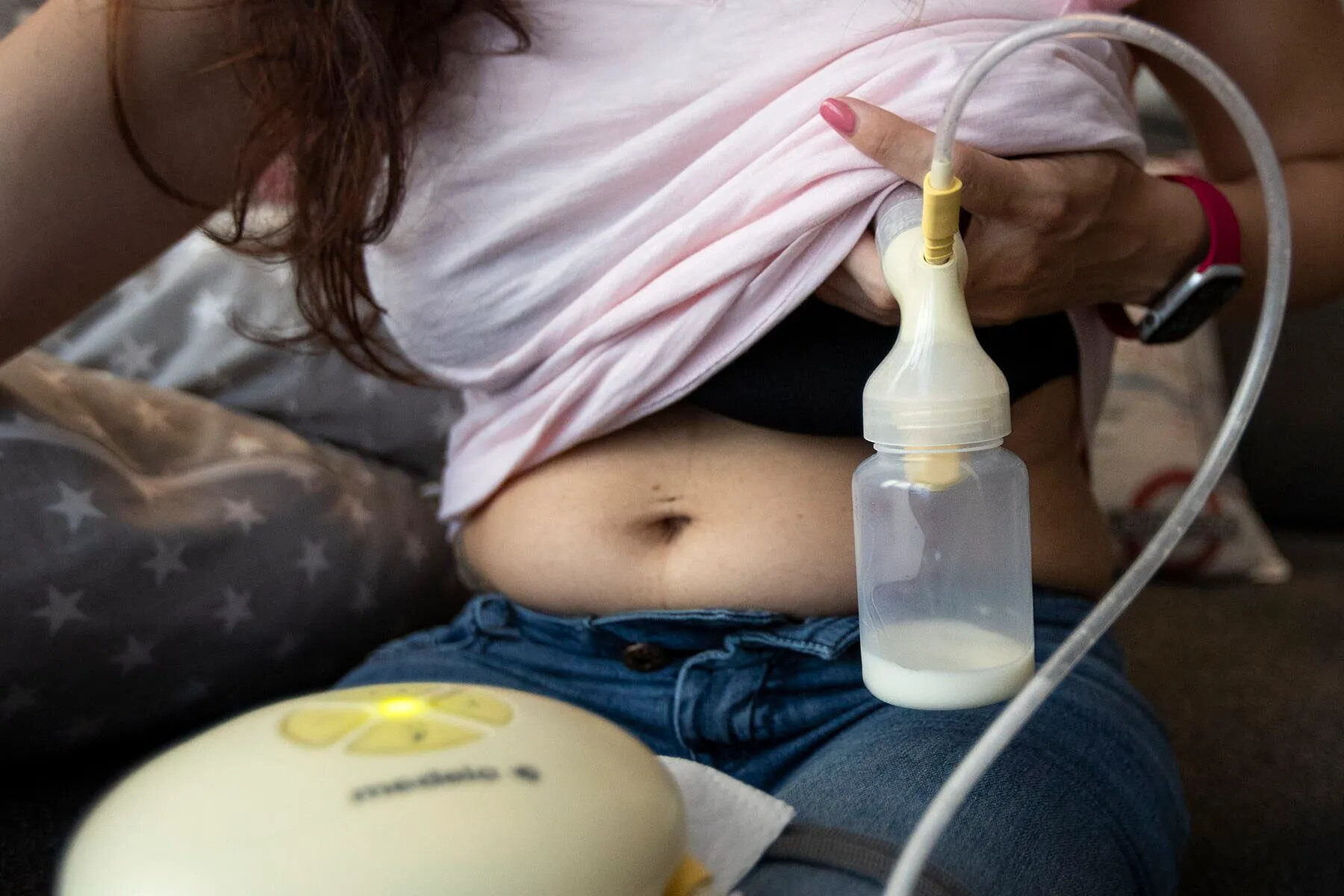
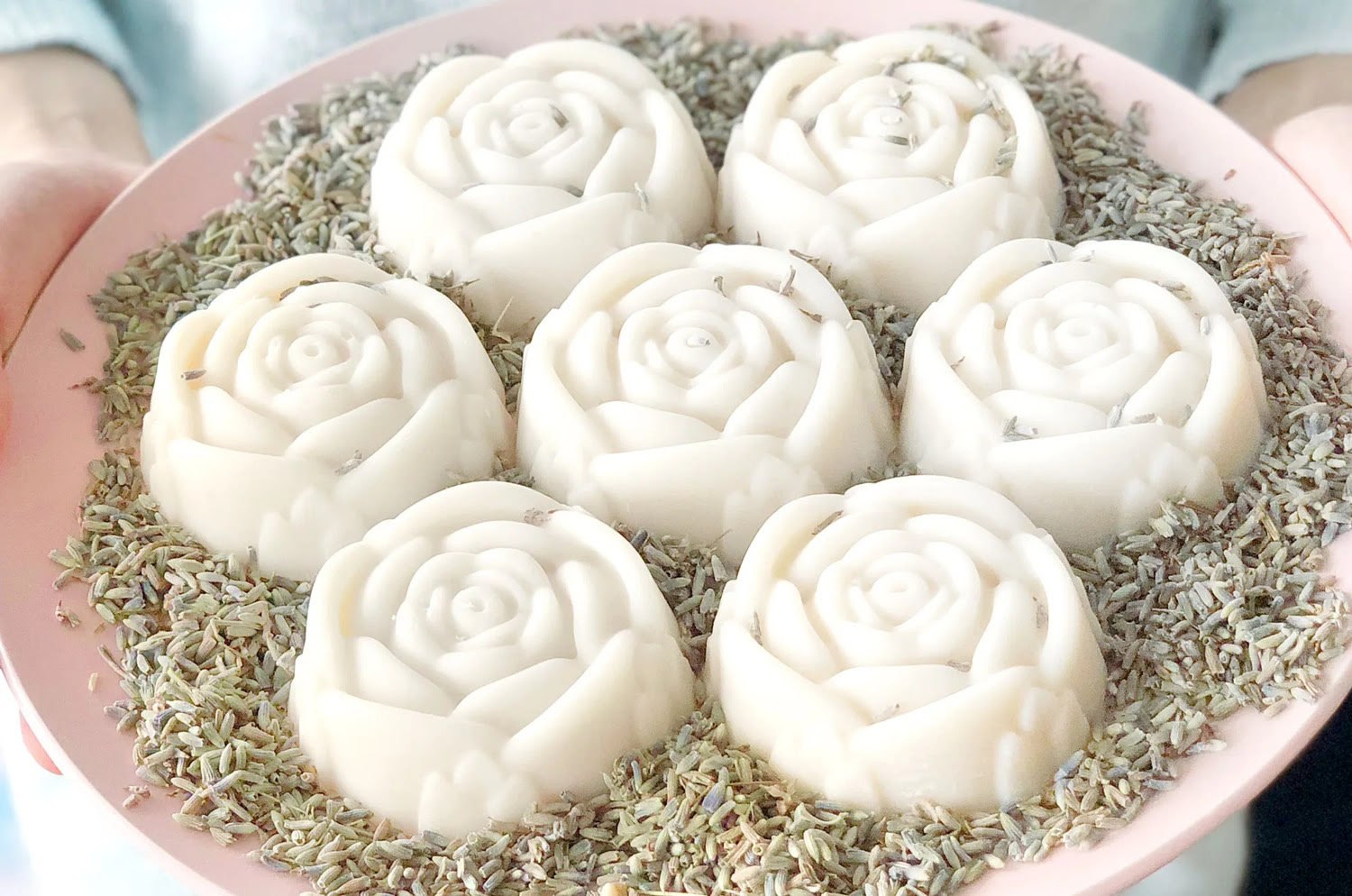
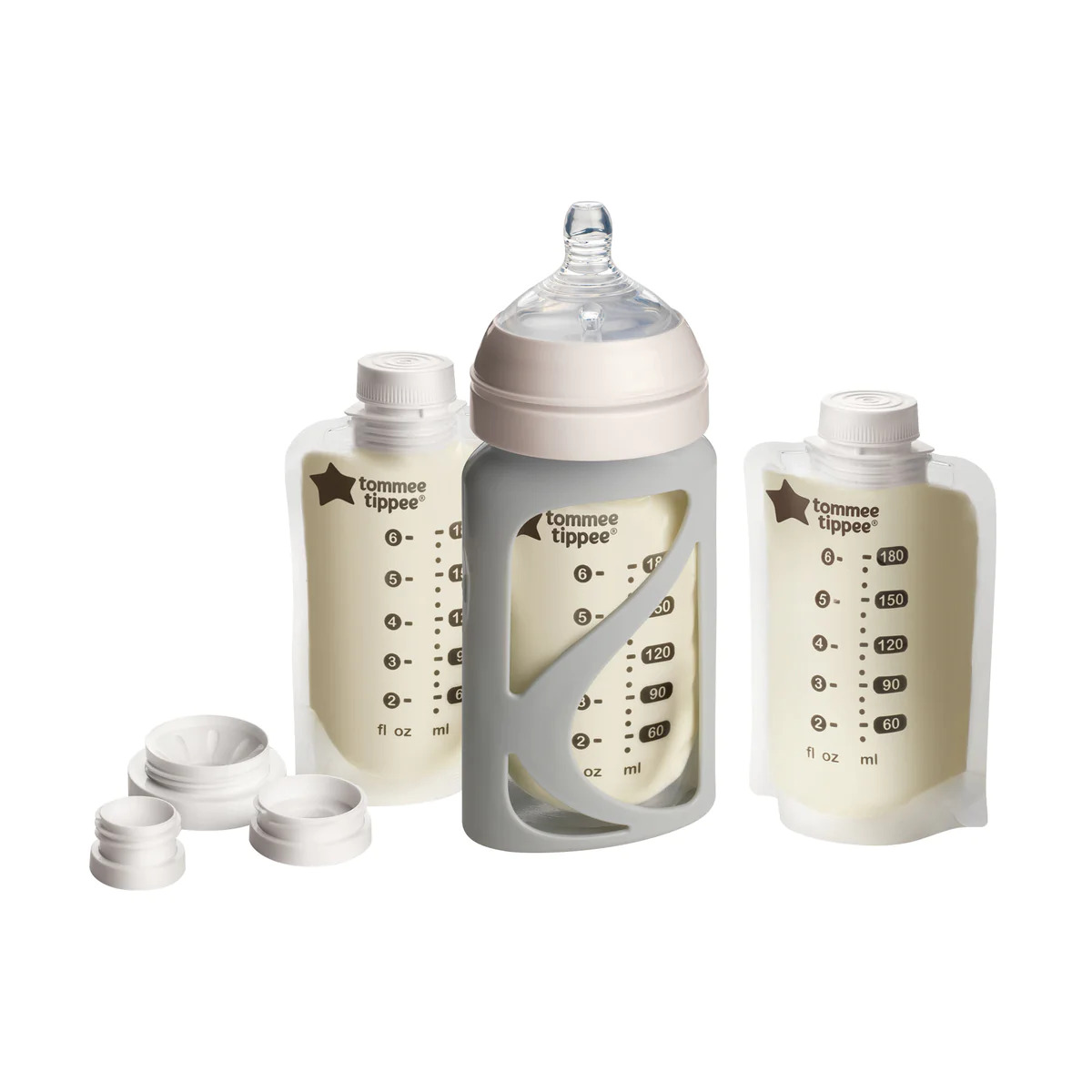
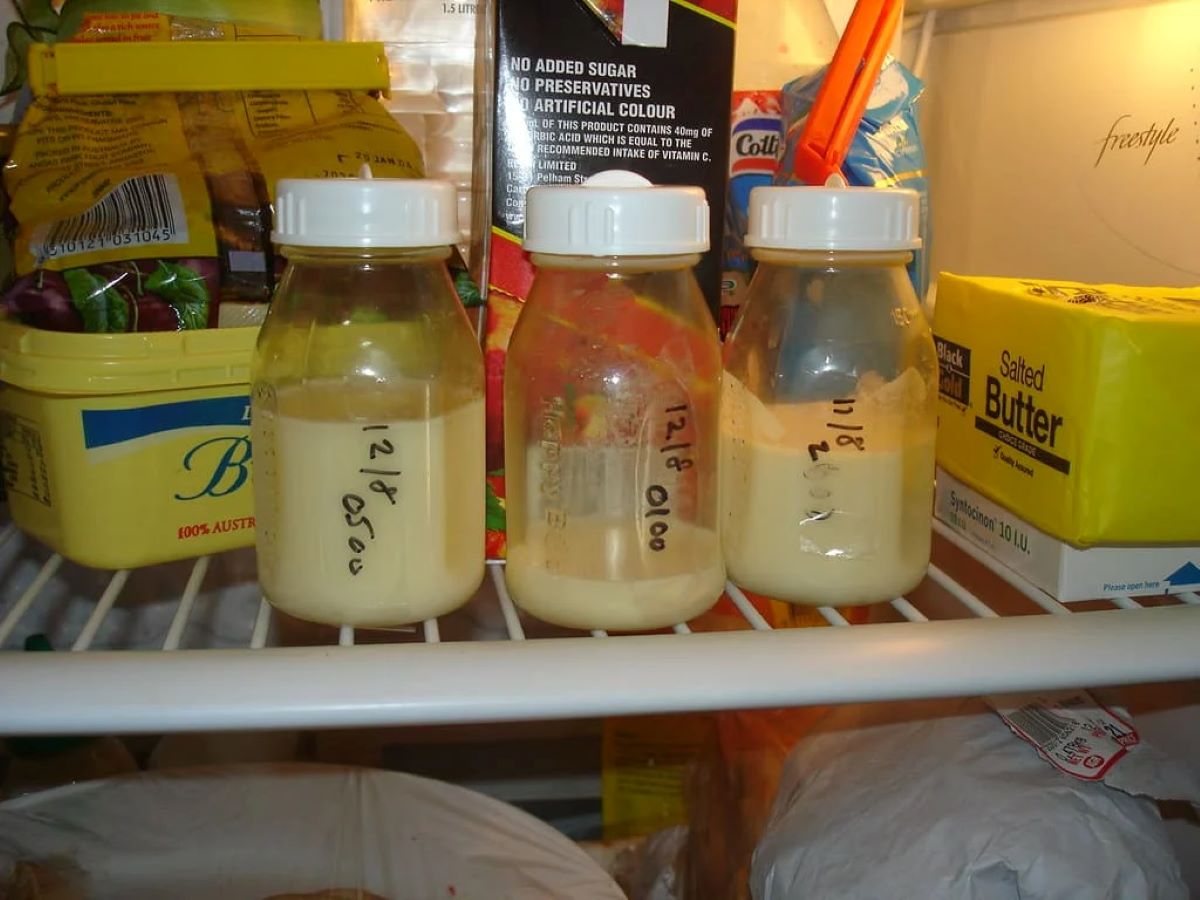
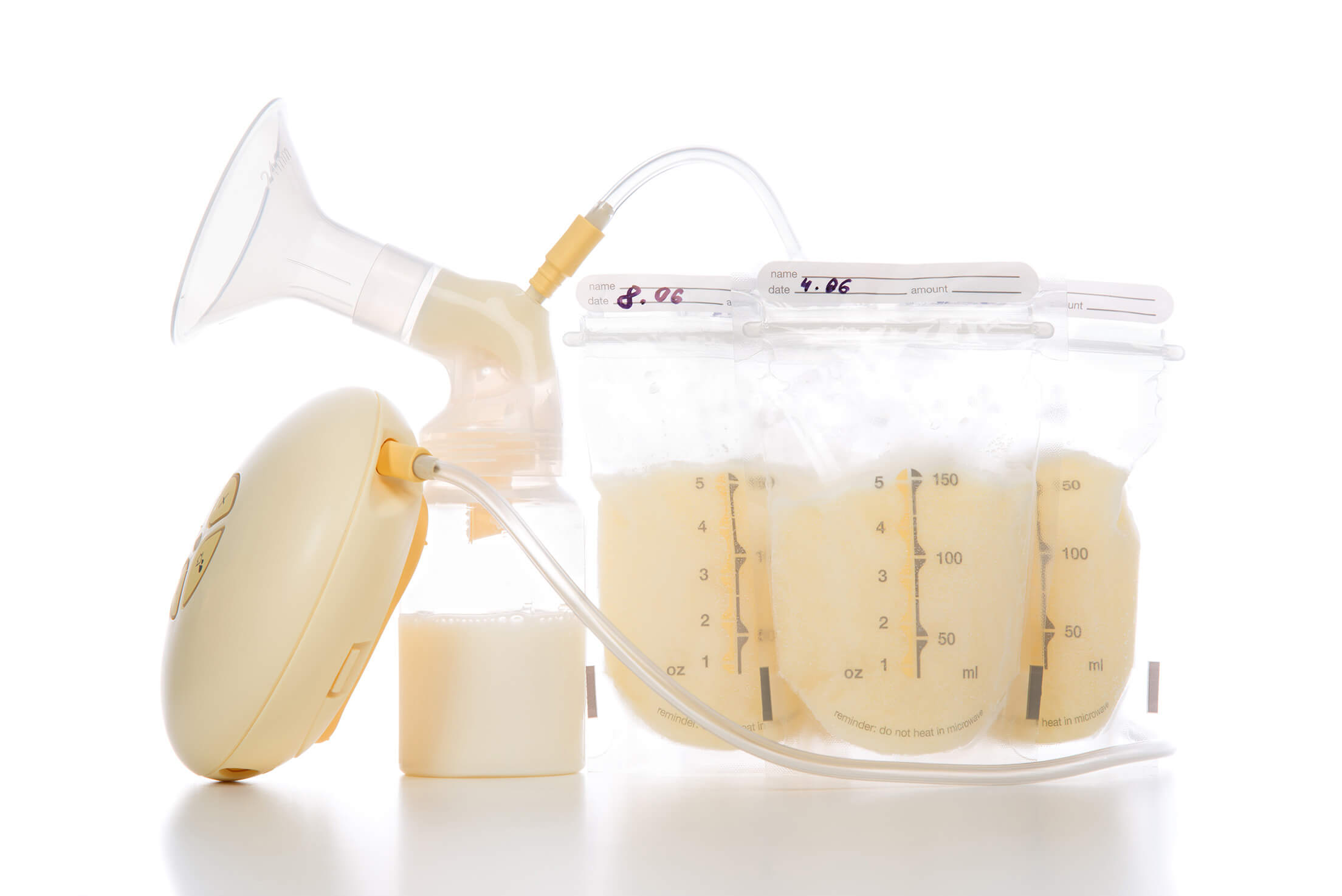
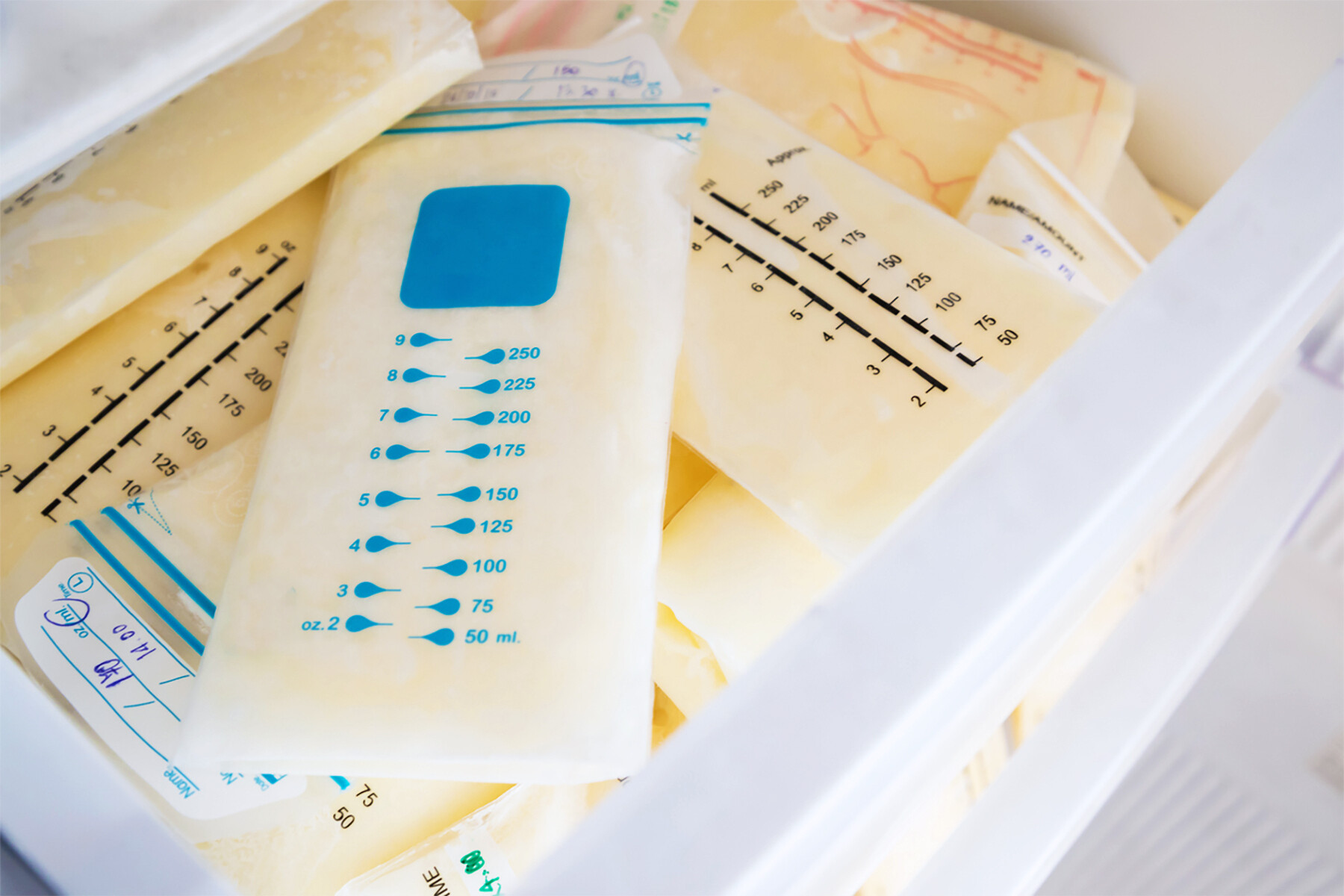
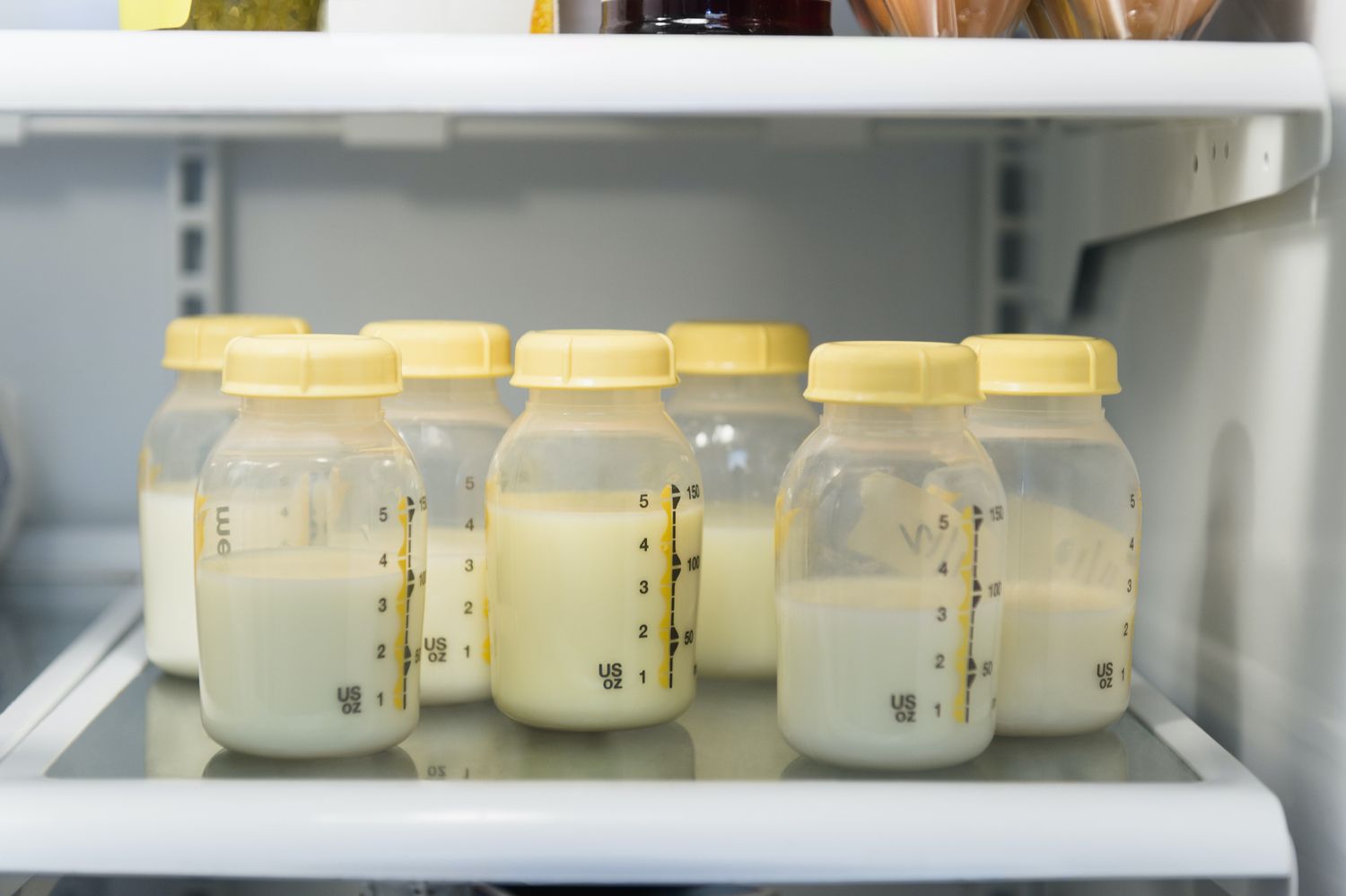
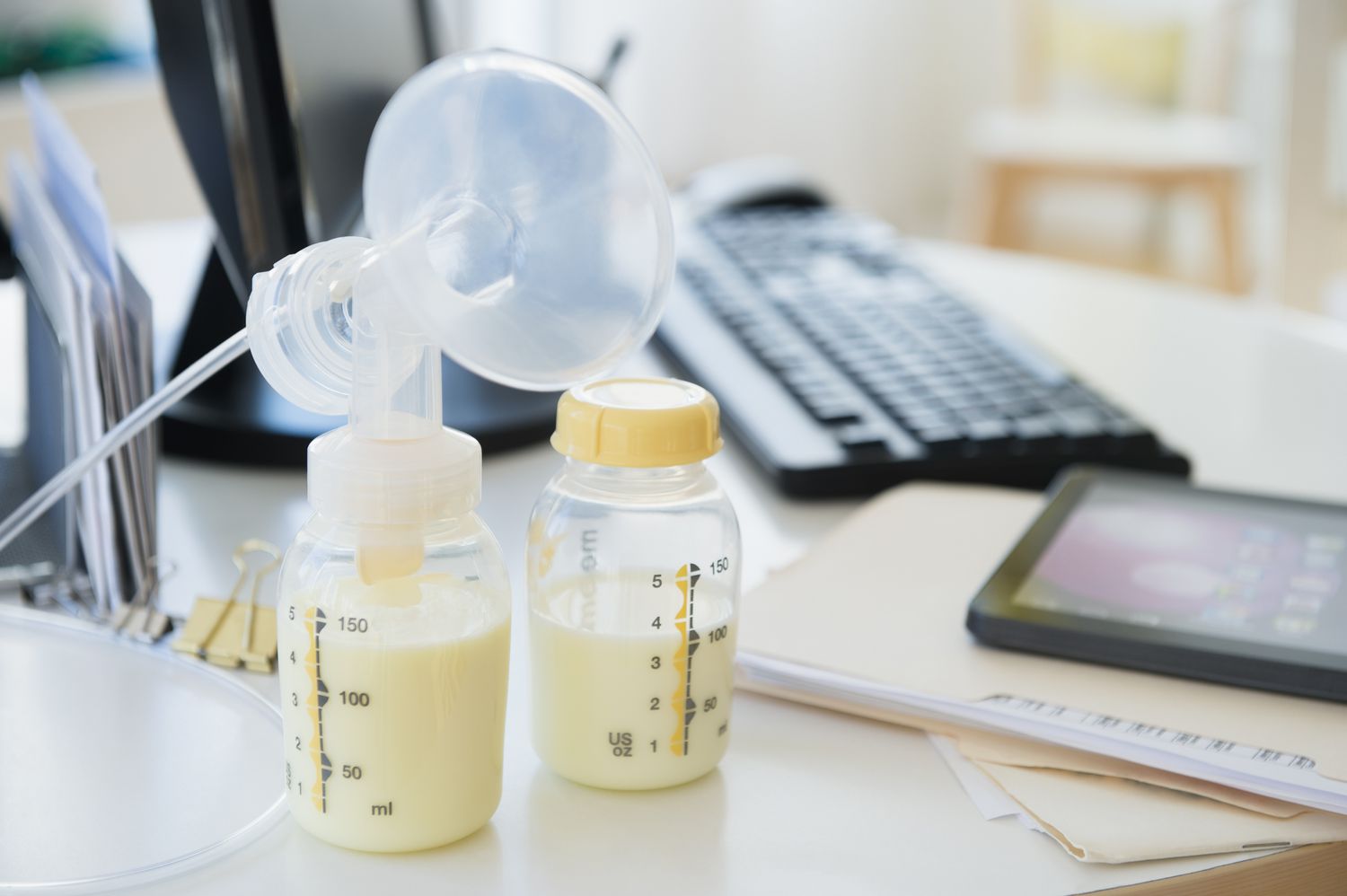
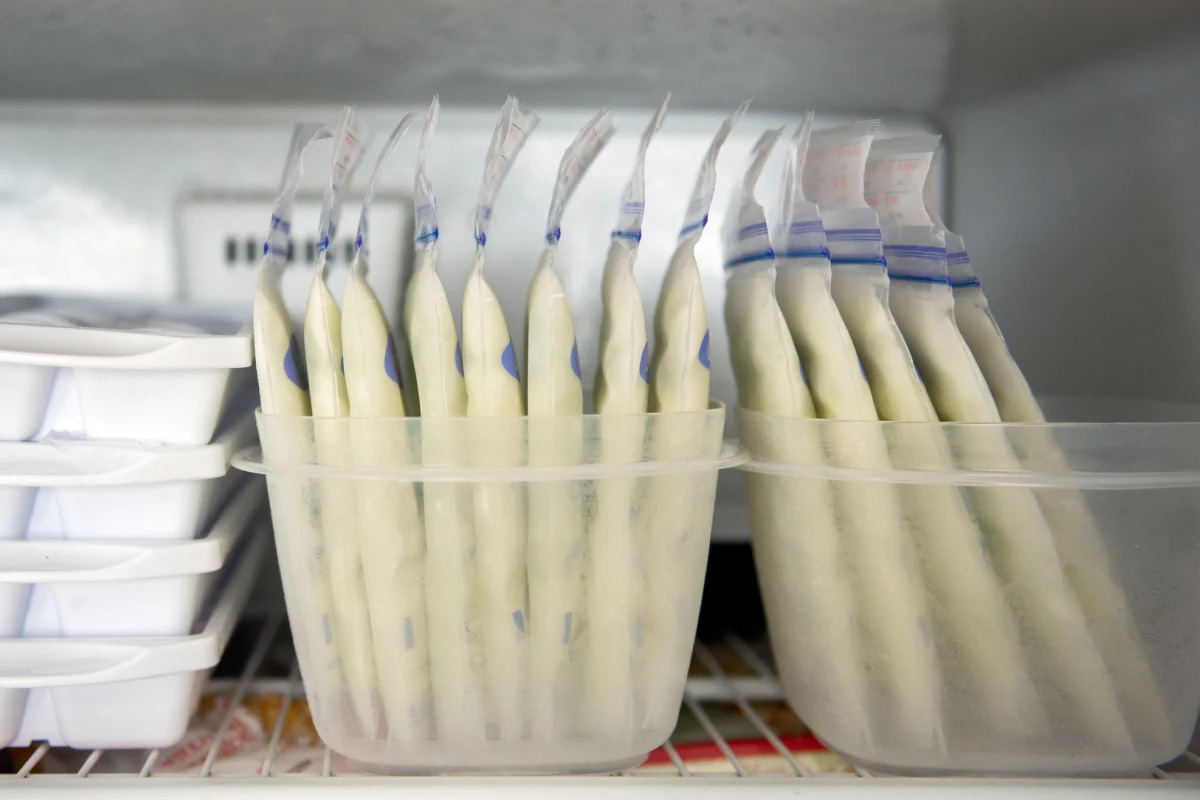
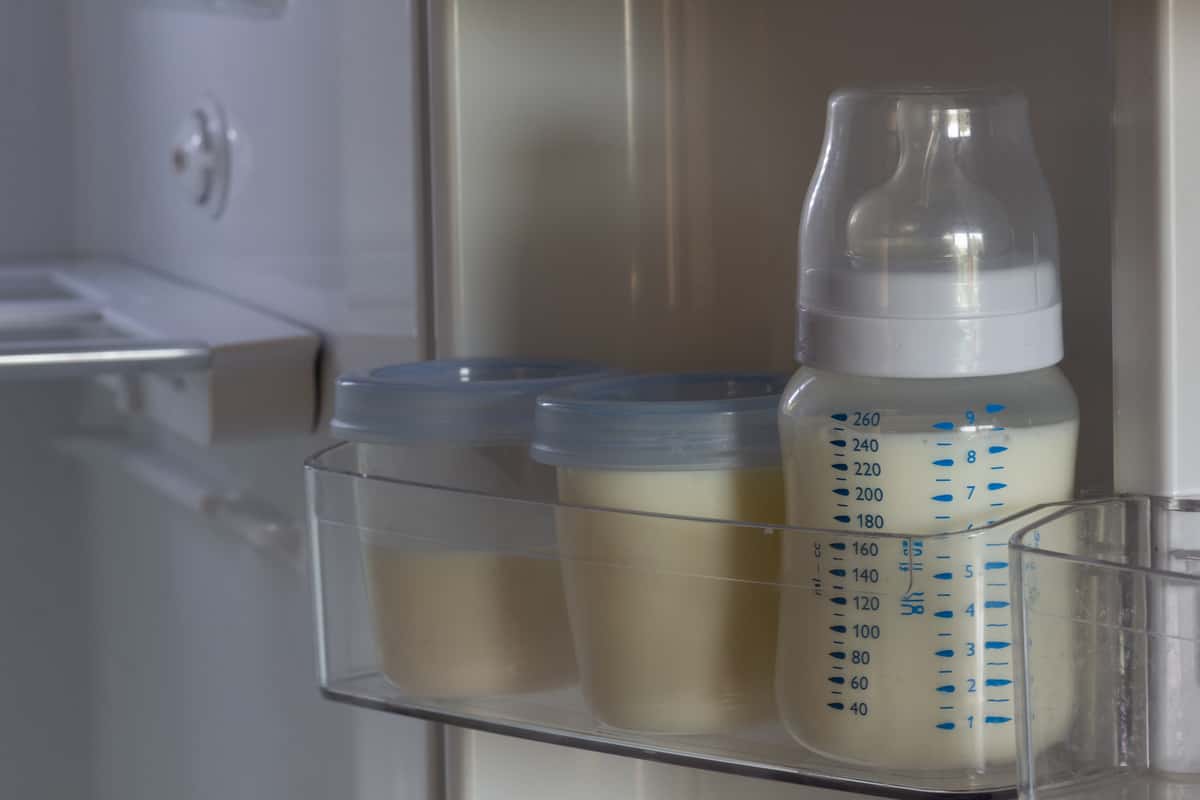
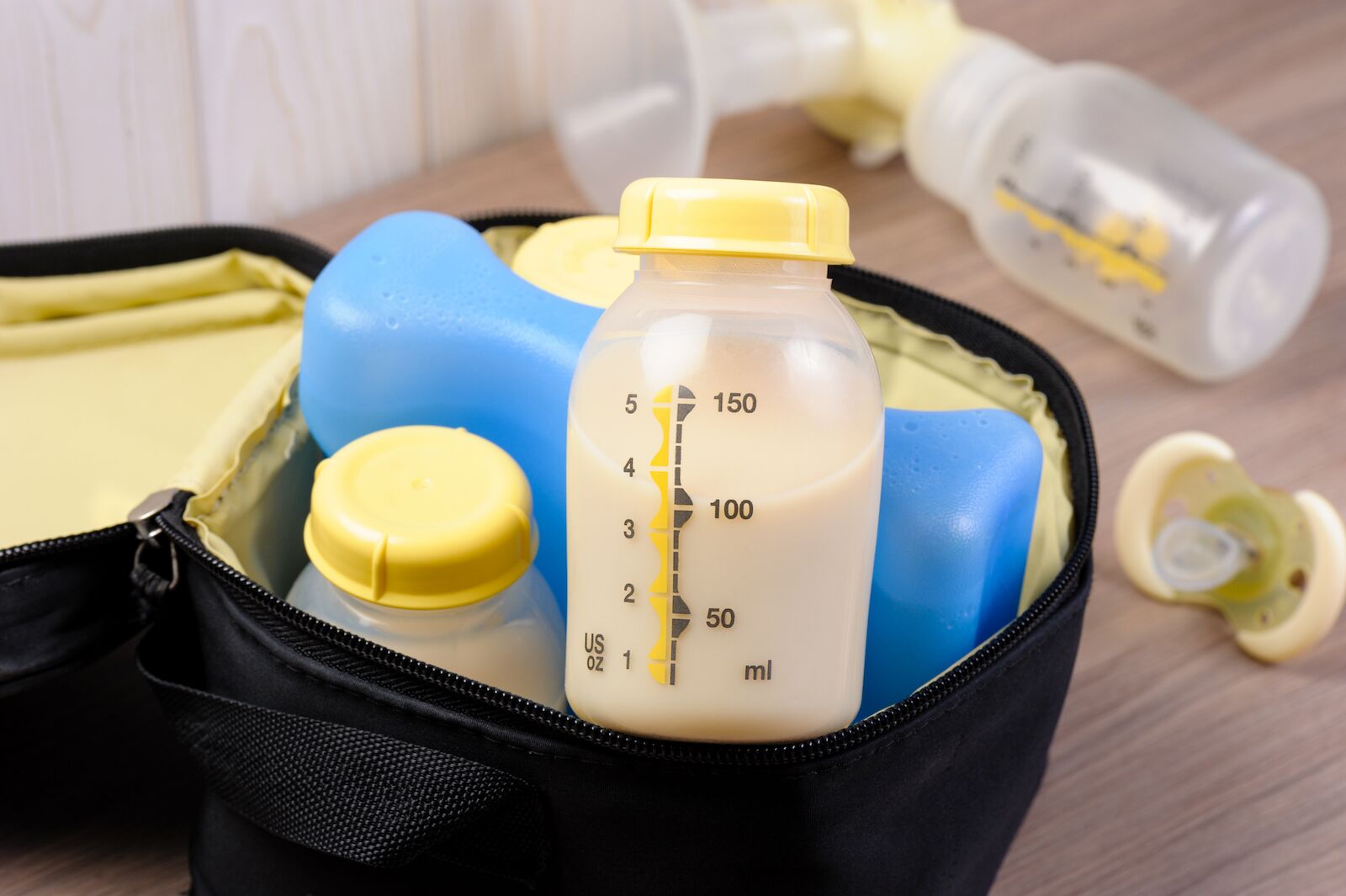

0 thoughts on “How To Store Breast Pump Milk”